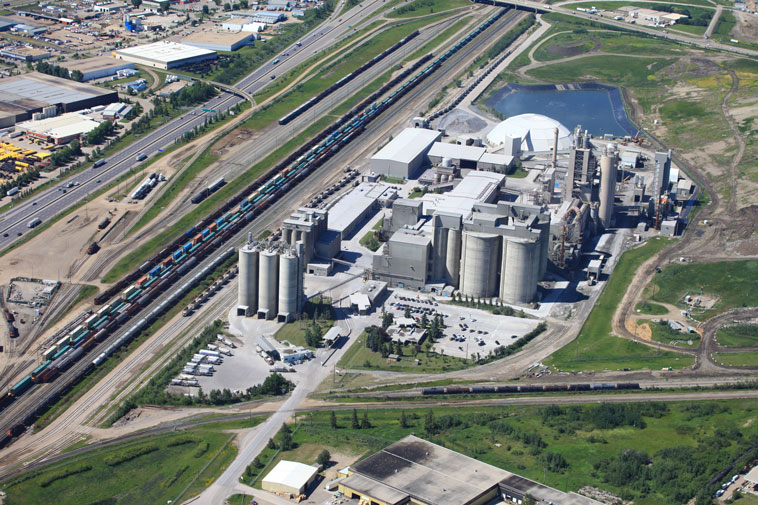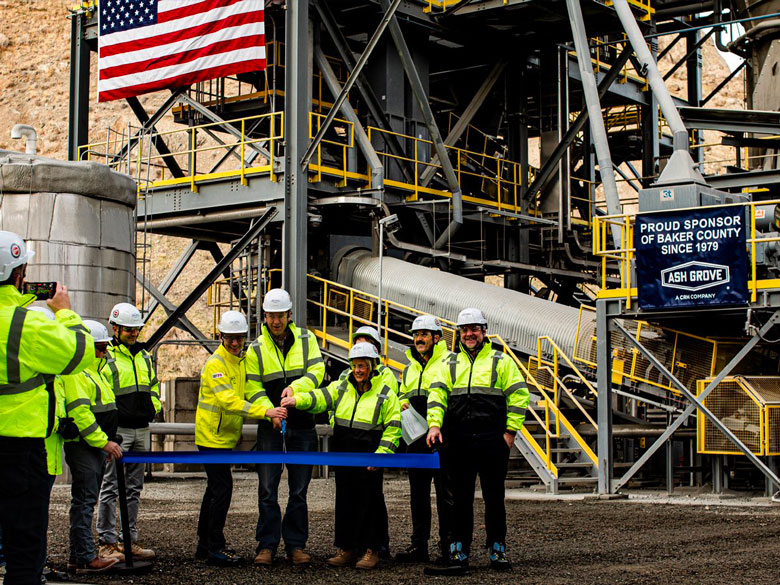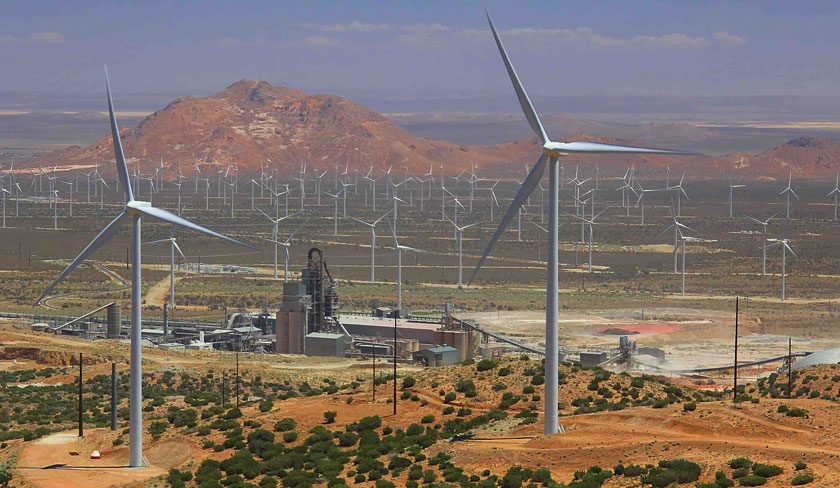Heidelberg Materials North America announced significant environmental advancements at its Edmonton cement plant in Alberta, Canada, marking substantial progress toward more sustainable manufacturing and waste management.
The plant has made a major investment in cutting-edge equipment and infrastructure, enabling the replacement of up to 50% of fossil fuels used in cement production with low-carbon alternative fuels. These are sourced from municipal, construction, and demolition waste materials, which would otherwise end up in landfills.

Their use brings a host of environmental benefits, including:
- Significantly reduced greenhouse gas (GHG) emissions from combustion, as biomass in low-carbon alternative fuels replaces carbon from fossil fuels.
- Lowered GHG emissions from avoided landfill gas emissions.
- Enhanced land use by extending the lifespan of existing landfills.
- Elimination of persistent environmental wastes, such as plastics, from the ecosystem.
Local waste managers in the Edmonton region, including the City of Edmonton’s sophisticated Refuse Derived Fuel plant, process only non-hazardous wastes into high-quality alternative fuels. These fuels are then used as a consistent feedstock for the Heidelberg Materials kiln system.
“At Heidelberg Materials, we are not just producing cement, we are crafting a sustainable future,” said Joerg Nixdorf, vice president of cement operations for the Northwest Region of Heidelberg Materials North America. “The advancements at our Edmonton cement plant reflect our leadership in environmental responsibility and our commitment to lowering our carbon footprint through innovative and efficient utilization of low-carbon fuel sources.”
As part of the project, Heidelberg Materials has implemented rigorous material testing protocols and process combustion control systems at both the supplier and plant sites to ensure the highest quality and safety standards. The project is expected to divert approximately 100 kilotons per year of non-hazardous waste from landfills, contributing to the global cement sector’s drive for CO2 emissions reductions through energy recovery from waste.



